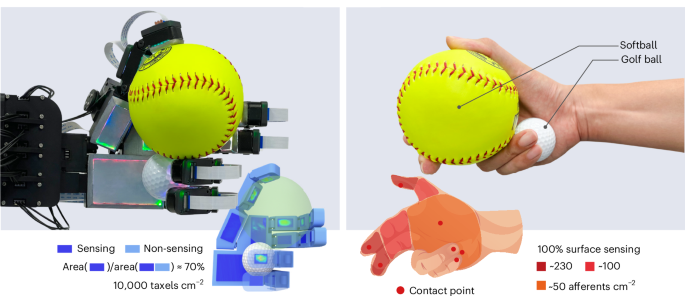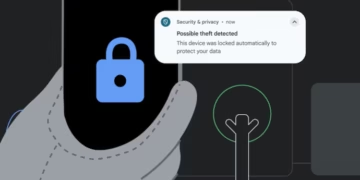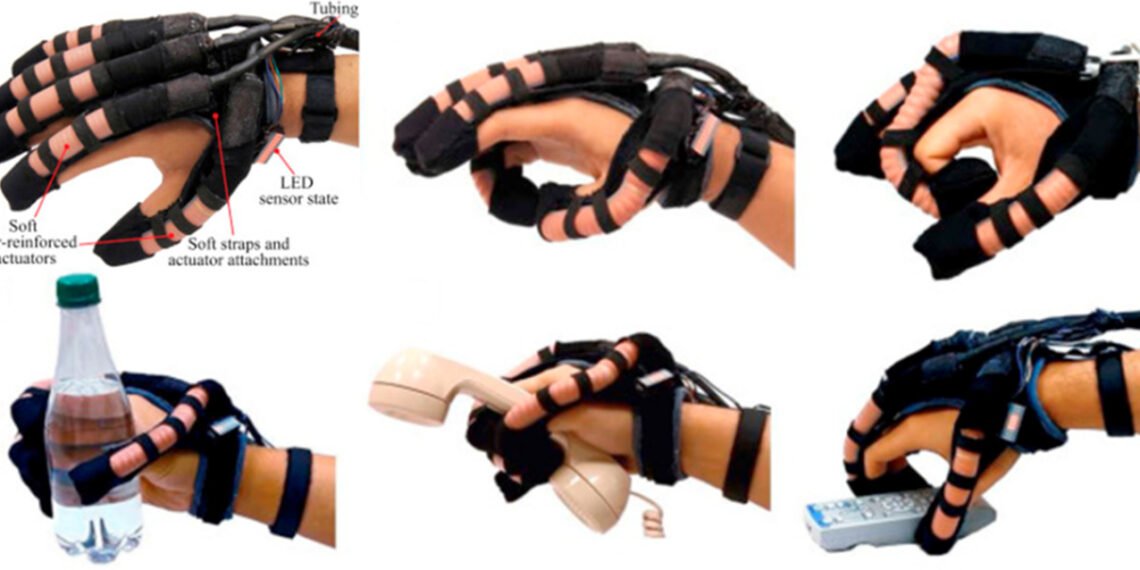Brain Computer Interface: A Mammoth Step by Robot Fingers
In an exotic momentous achievement in the realm of brain-machine interfacing, a group of scientists and engineers have achieved a breakthrough in brain-computer interfacing as they have created a brain-computer interface that enables precise and effortless robotic manipulation by the use of a robotic finger.
Breakthrough in Brain-Computer Interface Technology: Scientists have developed a BCI that enables precise robotic finger movements through effortless brain commands, potentially transforming assistive technologies for those with motor disabilities.
Limitations of Invasive BCIs and Exploration of Noninvasive Solutions: While invasive BCIs offer high precision, their surgical requirements limit widespread use, prompting research into noninvasive EEG-based BCIs as a safer alternative.
Advancements in EEG-Based BCI Control of Robotic Devices: Bin He and colleagues have demonstrated real-time decoding of single-finger movement intentions using EEG signals, controlling robotic fingers accurately without surgery.
Significance of Multi-Finger Control Using EEG Signals: The study achieved successful control of two- and three-finger movements solely by neural imagination, paving the way for complex motor tasks like typing via noninvasive BCIs.
Future Directions and Clinical Potential of EEG-Based BCIs: Further development aims to enhance abstract finger-level commands, such as typing, extending the applicability of EEG BCIs from communication to advanced motor control.
This innovative technology can transform the relationship between people and machines and change the life of people with motor disabilities in its favor greatly.
The robotic programs could improve the lives of the more than a billion people the world over who have had some form of disability to a great extent. BCIs or brain computer interfaces present an interesting alternative since they allow the user to connect the brain directly with external devices, avoiding the usual way of embedding intelligence into the muscles.
Although invasive BCIs proved capable of controlling robotic systems with high precision, their dependency on dangerous surgery of implantation and continuous care limits their application to a narrow range of persons with severe medical diagnoses.
Bin He, a professor of Carnegie Mellon University, has been working on noninvasive solutions to BCI, especially those that use electroencephalography (EEG), that do not require surgery, and can be used in a wide variety of situations, over the past 20 years.
With EEG-based BCIs, his group has made a series of breakthrough developments, such as the first successful operation of a drone, the first manipulation of a robotic arm, the first to manipulate a robotic hand with continuous movement, and so on.
Making noninvasive EEG-based BCI a step closer to real-life application, He and his colleagues demonstrate real-time brain decoding of a single finger movement intent and the ability to control a dexterous robotic finger’s play with the finger-level of control in a new study published in Nature Communications.
“Enhancing the hand use is one of the primary concerns of not only impaired but also non-disabled people since any improvement is beneficial to the hand-impaired population, providing significant improvements in their abilities and quality of life, added Bin He, professor of biomedical engineering at Carnegie Mellon University.
“Nevertheless, decoding of dexterous individual finger movements in real-time that are conditioned on noninvasive brain signals has proved to be an elusive endeavour with many attributable to the minimal spatial resolution of EEG.”
He, in a pioneering study of EEG-based BCI, used a noninvasive robotic control system capable of real-time remote control on a completely noninvasive basis, and implemented an in-depth design and movement execution to control tmovement of a single finger and motor imagination of a single finger to command a corresponding movement of the robotic fingers. Human subjects managed to do two- and three-finger control with plenty of success simply by thinking about them.
This has been achieved through the help of an innovative deep-learning decoding approach and a mechanism of network fine tuning in ongoing decoding of noninvasive signals reflected in EEG.
The forward direction will be to develop the work further to more abstract finger-level goals, such as typing.
“The knowledge acquired in this study has tremendous value to take the noninvasive BCIs to a new level of clinical applicable use and apply to a wider population. He added. .
“Our work points out the potential of the EEG-based BCIs to transform the field and be used not only in communication but more complicated motor control.”





































